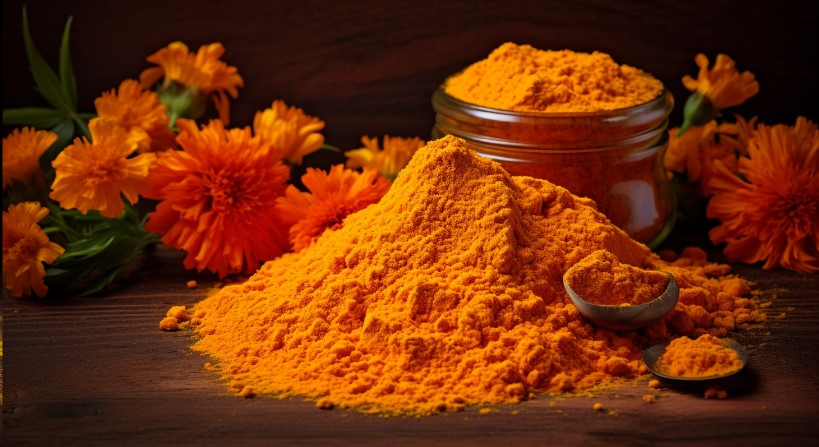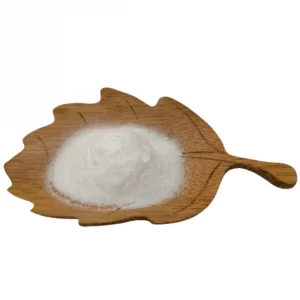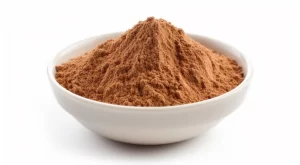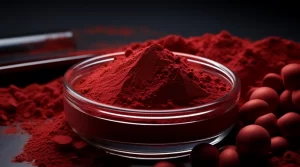Витамины для глаз

Lutein is also known as the “eye vitamin”, and zeaxanthin, like it, is also a type of carotenoid and a color pigment. Lutein provides the yellow color to egg yolks. Although it is found in vegetables with dark green leaves like kale and spinach, the green chlorophyll covers the yellow pigment. Zeaxanthin is a yellow-orange pigment found primarily in corn, green peppers, and oranges.
Health Benefits of Lutein and Zeaxanthin
These carotenoids are important in protecting our cell membranes from the effects of free radicals such as reactive oxygen species (ROS). Laboratory studies, animal and human studies have shown that lutein and zeaxanthin have the potential to protect the eyes, heart and blood vessels, brain and musculoskeletal system.
Эффекты lutein and zeaxanthin on memory
Lutein and zeaxanthin are highly concentrated in the human brain. Research shows they play an important role in cognitive function. In fact, they account for 66 to 77 percent of the total carotenoids in brain tissue. A 2022 randomized, double-blind, placebo-controlled study provided participants with lutein 10 mg and zeaxanthin 2 mg or placebo. The results of the study showed that people who took lutein and zeaxanthin had greater improvements in visual explicit memory and visual learning compared to placebo. Visual explicit memory aids memory by storing pictures of many objects in the brain. Even if an object looks a little different, people can recall it. It includes information that has occurred recently or in the past. For example, what you had for breakfast or which store you went to yesterday. Visual learning is done by reading or looking at pictures. People can remember things visually.
Lutein and Zeaxanthin promote musculoskeletal health
The musculoskeletal part of the body includes muscles, bones, joints, and connective tissue. As we age, musculoskeletal fitness declines. Research shows that a diet rich in fruits and vegetables can help protect muscles, bones and joints. New research suggests that lutein and zeaxanthin may play a role in helping other body systems reduce oxidative stress and support bones, muscles and joints. An earlier study found that reduced plasma levels of lutein and zeaxanthin were associated with poorer hand grip strength, hip and knee strength in older women. A new eight-year study shows that people who eat more foods high in lutein and zeaxanthin are less likely to have weak strength.
Lutein to zeaxanthin ratio
Generally speaking, our diet contains lutein and zeaxanthin in a ratio of approximately 5:1. Equivalent to 10 mg of lutein and 2 mg of zeaxanthin. When we looked at this ratio, we found that zeaxanthin helps improve the absorption of lutein in the body. Both are necessary, and the ratio between them is very important. This 5:1 ratio combination has been shown to help improve vision and cognitive function, and assists the body in increasing macular pigment density in the retina. Macular pigment density (MPOD) refers to the concentration of macular pigment in the retina. A literature review discussion found that consuming lutein and zeaxanthin increased macular pigment density in seven clinical studies. Additionally, cognitive function can be significantly improved.
Лютеин and zeaxanthin are best known for their eye benefits, but they have other fantastic benefits
• Lutein, also known as the “vitamin for the eyes,” is a carotenoid like zeaxanthin and is a pigment in foods such as fruits and vegetables.
• Lutein and zeaxanthin work synergistically to help improve memory, cognitive function, and vision, including fine operations, glare at night and in bright light, and they help absorb blue light to help protect the eyes.
• They also provide support to muscles, bones and connective tissue
• A 5:1 ratio of lutein to zeaxanthin helps improve the absorption of lutein and is thought to be effective in delivering its benefits.
Lutein and zeaxanthin supplier: www.backvita.com
Электронная почта: [email protected]
Телефон: +86 (029) 8187 2325
references
García-Romera MC, et al. Physiol Behav. 2022Thurham D, 2007; Mrowicka M et al, 2022
() ()


